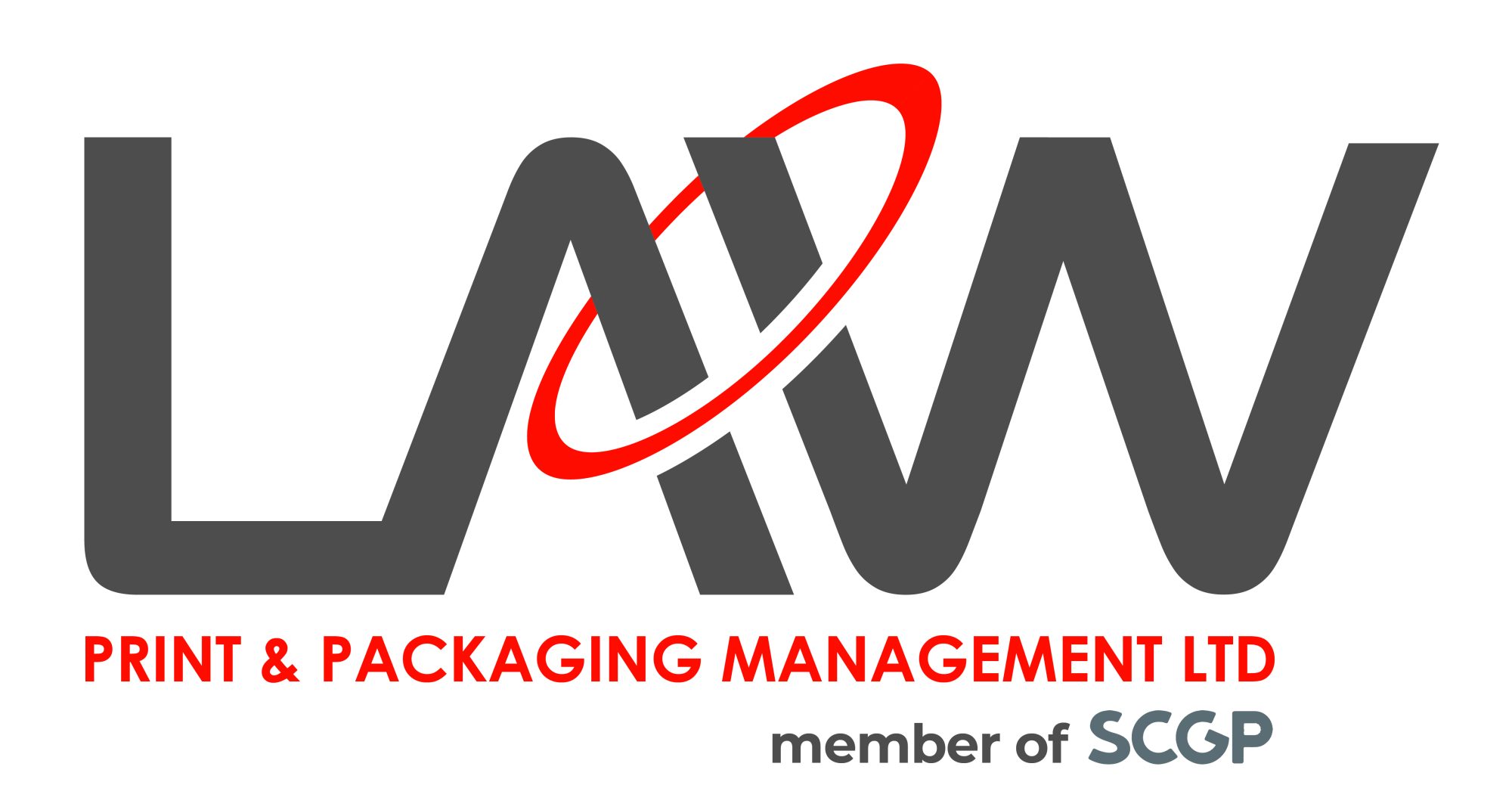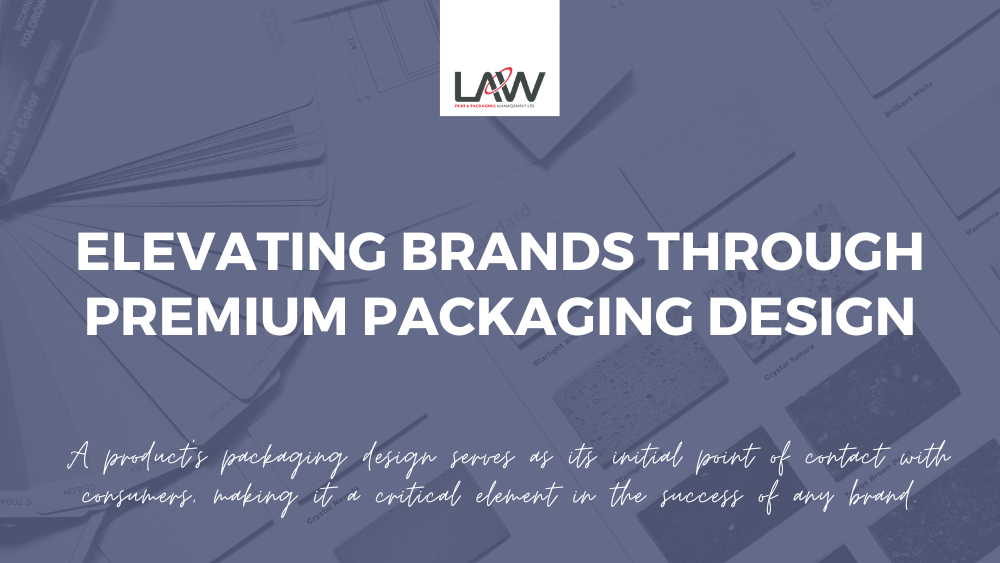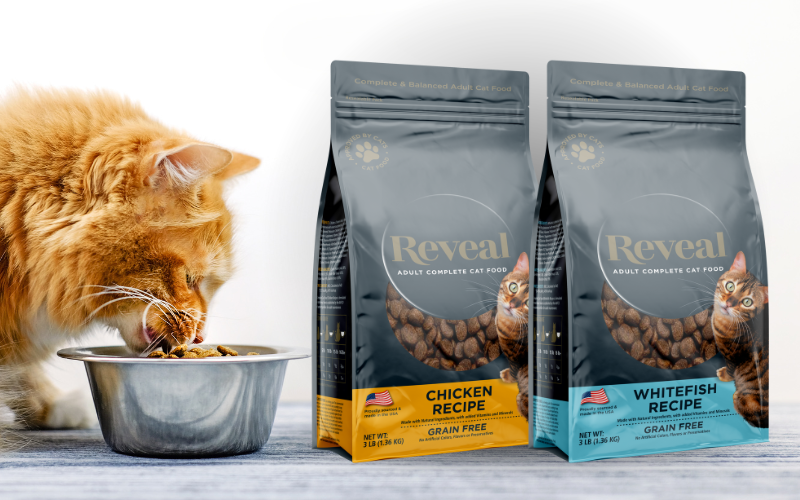In the world of marketing and branding, first impressions matter. A product’s packaging design serves as its initial point of contact with consumers, making it a critical element in the success of any brand.
While the primary purpose of packaging is to protect and contain the product, it goes far beyond mere functionality. Premium packaging design is an art that can elevate brands to new heights, leaving a lasting impression and fostering brand loyalty.
In this blog, we will explore the importance of premium packaging design and how it can significantly impact a brand’s success.
The Power of Premium Packaging
Premium packaging design immediately communicates the brand’s identity and sets the tone for the consumer’s experience. It can convey values such as luxury or innovation. When done right, it creates a connection between the product and the consumer, drawing them in and piquing their interest.
The quality and aesthetics of packaging strongly influence how consumers perceive a product’s value. A well-designed, premium package can make a product seem more exclusive and high-end, allowing brands to command higher prices. This perceived value can drive sales and increase profit margins. Furthermore, in crowded markets, where numerous similar products vying for consumer attention, premium packaging design can be a game-changer. It helps products stand out on the shelf and capture the consumer’s gaze, increasing the chances of a purchase. Unique and visually appealing packaging can be a competitive advantage.
In the age of social media and unboxing videos, packaging has become part of the product experience. Premium packaging is designed to enhance this experience, making it memorable and shareable. When customers are excited to unwrap a product, they are more likely to share their experience online, providing free publicity for the brand.
Premium packaging design reinforces a brand’s consistency and identity. It ensures that every interaction with the product is in alignment with the brand’s values and message, building trust and loyalty among consumers.
Key Elements of Premium Packaging Design
Premium packaging often employs high-quality materials, such as speciality papers, metallised films, or sustainable options like recyclable or recycled content materials. The choice of materials can convey a brand’s commitment to quality or environmental responsibility. Typography and graphics play a crucial role in expressing a brand’s personality. Fonts, colours and imagery should align with the brand’s identity and appeal to the target audience.
The physical structure of the packaging can be just as important as its visual design. Unique shapes, innovative opening mechanisms and thoughtful use of space can create a memorable unpacking experience.
Texture and finish add depth and tactile appeal to packaging. Options like spot UV varnishes, metallic accents, or matt and glossy finishes can elevate the packaging’s perceived quality. An increasing number of consumers are environmentally conscious, making sustainable packaging a premium feature. Brands that use sustainable materials and promote recycling or reuse in their packaging design can attract a more conscientious consumer base.
Premium packaging design is a strategic investment that can elevate a brand’s image, drive sales, and foster long-term customer loyalty. It goes beyond aesthetics; it’s about creating a holistic brand experience that resonates with consumers on multiple levels. By carefully crafting packaging that reflects a brand’s values and connects with its target audience, companies can leave a lasting impression and achieve a competitive edge in the marketplace. In today’s world, where consumers demand not only quality but also a memorable experience, premium packaging design is a vital tool for success.
If your brand is looking to invest in sustainable packaging, we will guide you through the entire print process. Providing recommendations to improve efficiency, reduce costs and add untold value to the end product.
Contact us at +44 (0) 161 440 7302 or follow this link to complete our contact form.


